I'm a business owner and mom of 2 – these 5 home organizing systems keep me sane
I’ve always been organized, but it wasn’t until I had children that I truly appreciated having systems in my home
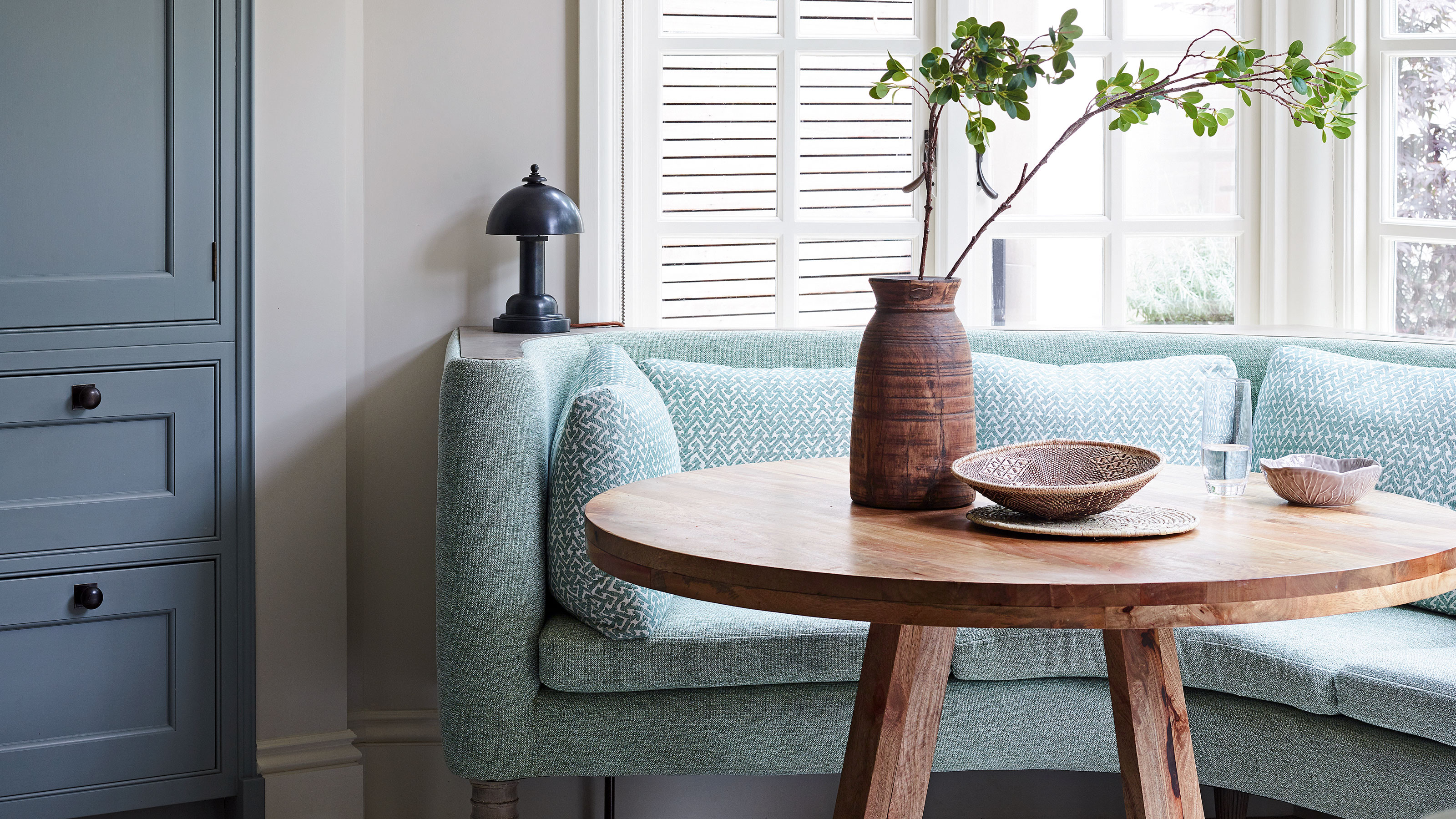
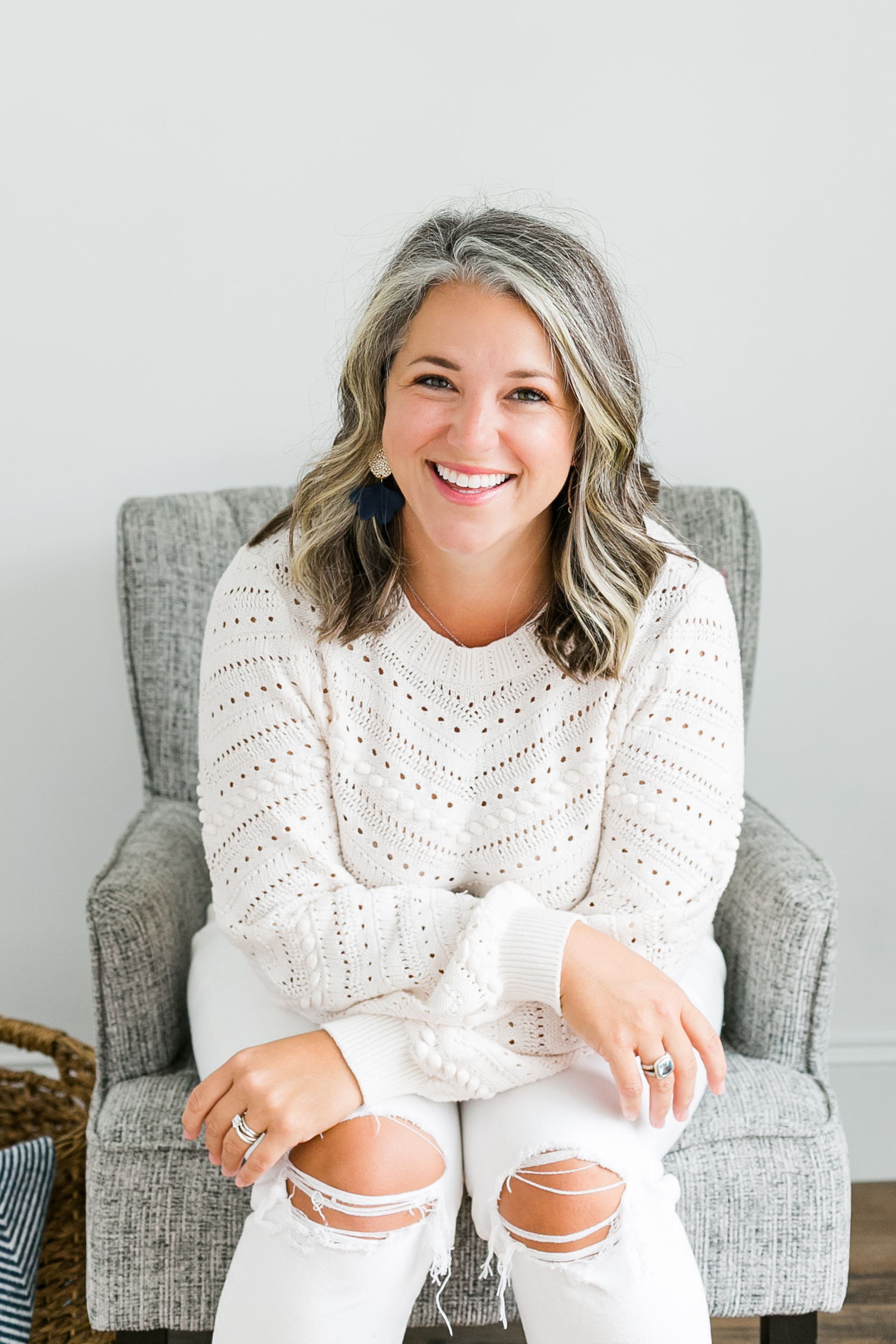
Systems, routines, and rhythms are all words to describe the intentional habits and home organizing ideas we implement that create a home that runs like a well-oiled machine.
When we create a system, we strategize ahead of time the habits that we want to cultivate. We put some brainpower or thought into something upfront to convert what used to be a task into something as mindless as a habit. We invest time upfront to avoid spending even more time on it later.
Creating systems allows us to figure out how we want to do something one time so that we can put that task on autopilot for future instances. Having these systems in your home will save you time and mental energy! (You had me at saving mental energy!) These systems will also allow you to delegate tasks more easily or pass off chores while you go on vacation!
With a child (or two) in the home, I don't have the extra time to retrace my steps while doing chores or to shuffle through a week’s worth of mail. I need my home to run as efficiently as possible so I could handle life as a mom and business owner and still carve out a little free time for myself.
5 home organizing systems that keep me sane
Before I share my favorite systems with you, I want to help you figure out where you could use systems in your home.
First, take note of all of the tasks that you do regularly. Think as small or as large as you want. Some examples are going through the mail, making coffee, doing laundry, getting ready for bed, grocery shopping, going through kids’ backpacks, etc.
Then, look through the tasks to see what task has too much friction, meaning it feels harder than it should. Set yourself up for success. For your first system, choose something that will impact your day-to-day but isn’t so huge that it’s overwhelming.
Next, think about how to put that task on autopilot, try it, and tweak it as needed. You may want to start with one of my systems below, but don’t be scared to develop your own that works for your home!
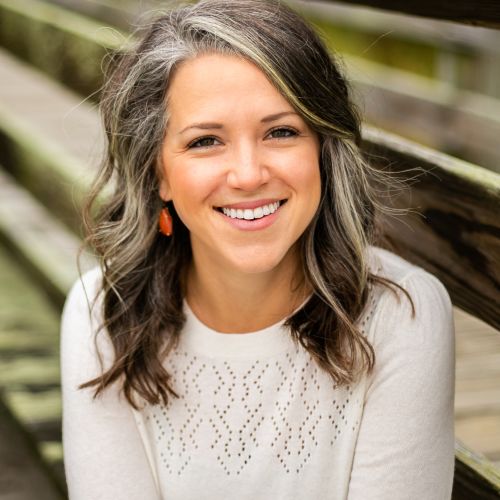
Caroline Roberts is a KonMari consultant and founder of the home organization company The Simplified Island, serving Eastern North Carolina and beyond. She and her team help clients declutter their belongings. Then they find the best places for your items so that their family members can find things and put them away. She is also a contributing expert at Homes & Gardens.
1. Create drop zones

Most people need a drop zone. If you lose your keys or wallet or struggle to keep kitchen counters clear, you definitely need a drop zone.
A drop zone is simply a designated area to place things when you get home. A drop zone can be one of many storage ideas, such as a cabinet, a chest with drawers, some hooks on the wall, or a more elaborate wall system. We have two drop zones in my house, an entryway drop zone and a pantry drop zone.
I use The Container Store’s Elfa System in a closet near our entry that holds our keys, mail for my husband, sunglasses, sunscreen, hand sanitizer, and the kids' backpacks.
Our second drop zone is two simple pegs in our pantry where the kids’ lunch boxes go. They empty them when they come home from school and hang them on the pegs. More on kids’ lunches below!
Not having to search for things daily frees up time and energy to focus on other things.
2. Use seasonal storage
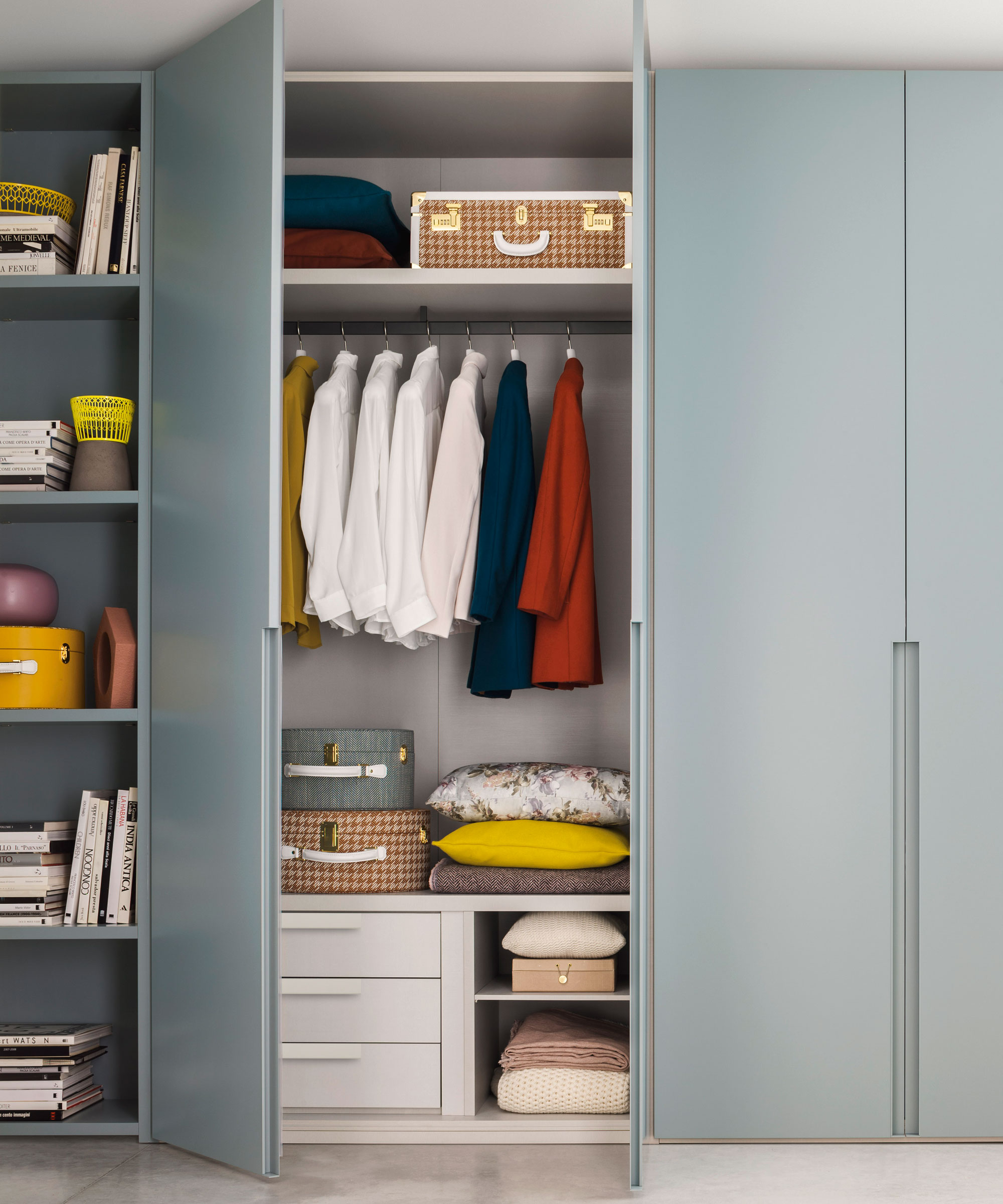
Weather and activity changes throughout the year dictate what types of items need to be most convenient, so think about a space in your home where you can store summer things and swap them out for winter. Even if you live somewhere without distinct season changes, maybe your kids are in school for part of the year and out of school for part of the year.
For example, our school drop zone turns into a summer drop zone when school is out. Our coat rack that holds coats and a tote with winter gloves and beanies changes to a rack to hold beach blankets and sports bags. Use long-term storage techniques when stowing items away, such as storing these off-season items in an inconvenient, hard-to-reach place. This will save the accessible spaces for more important things.
3. Incoming papers
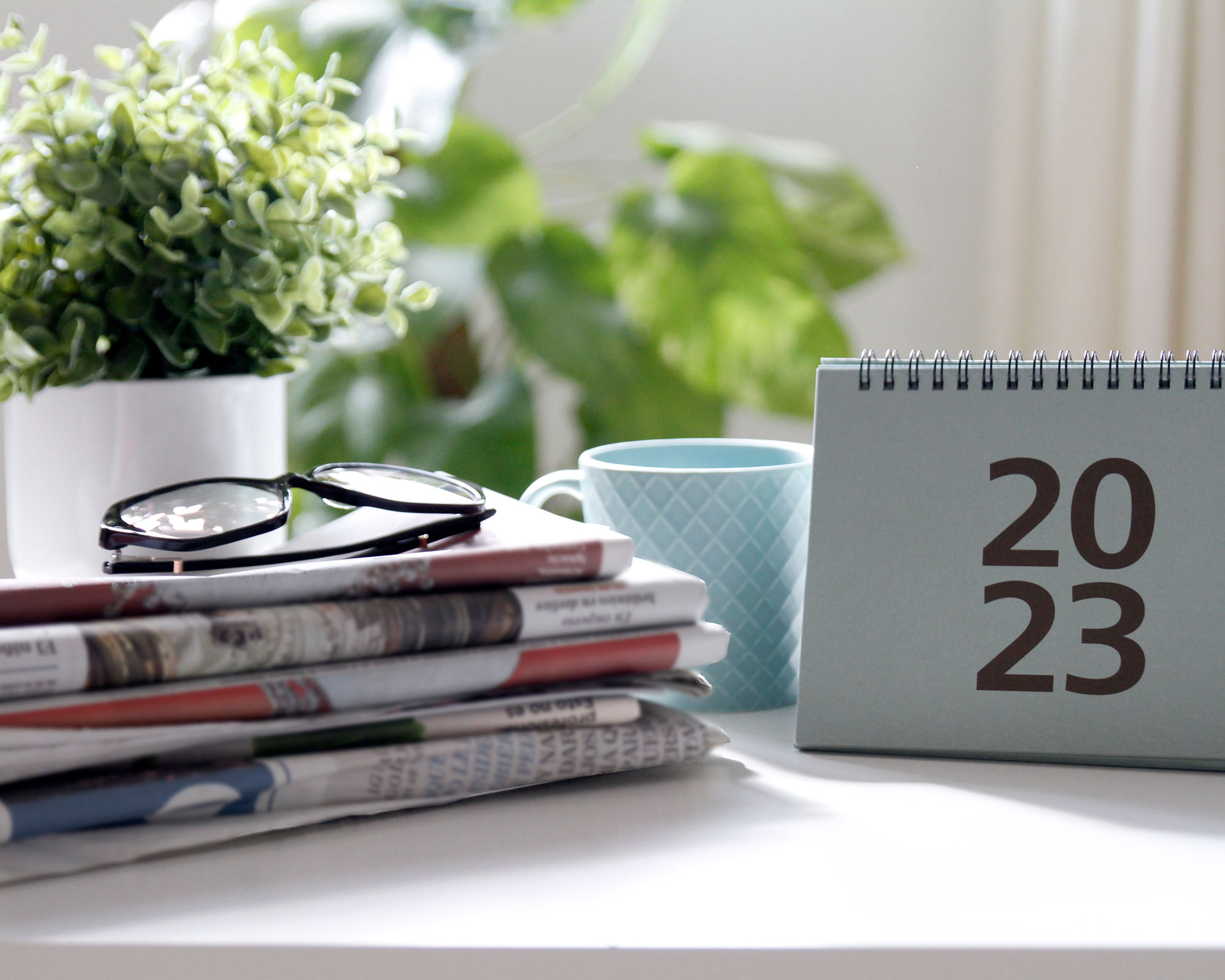
While there are things you do not need to organize, unfortunately paper clutter is not one of them. The key to handling paper is to avoid treating piles as your to-do list. Those 'tasks' build up and weigh on you because there isn’t a plan for how and when you will tackle them.
Instead, use your calendar as your cue to complete the task. For example, if you must fill out a form and return it, note when it’s due on your calendar, and then add a calendar task for when you will do it (ideally, before it’s due). If you use a paper calendar, you may want to clip the paper to the calendar, or if you use a digital calendar, put the paper in a designated place.
Noting down when you're going to deal with incoming papers will ensure paper clutter never gets out of control.
4. Kids’ lunches
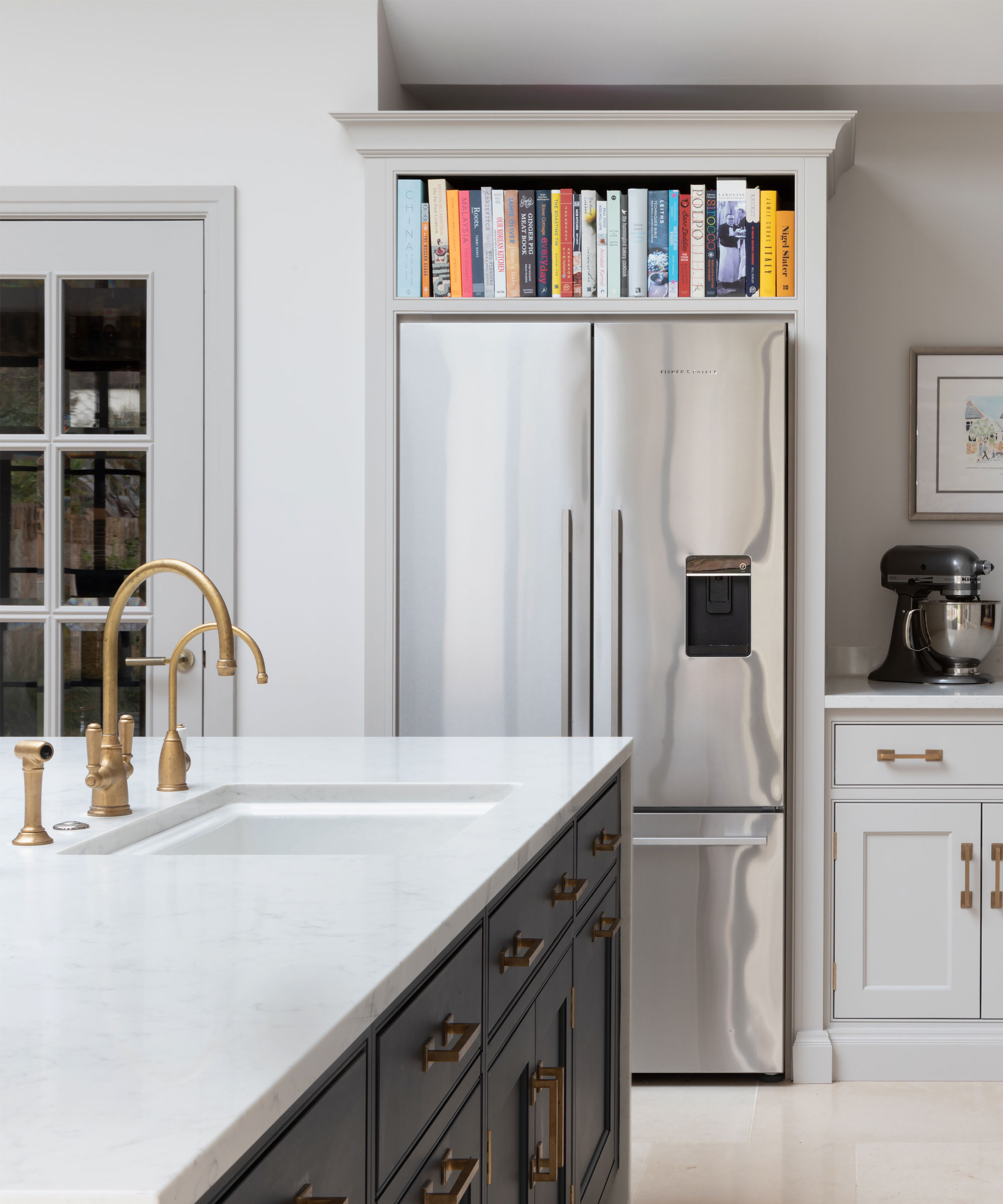
Kids’ lunches get a bad rap for being a chore, but this is the type of task where systems shine. It’s easy to get overwhelmed when we have too many options, so creating a few rules around the containers and food options could be the boundaries you need to put this task on auto-pilot.
First, think about the types of food you want to pack for your child each day. In my house, I focus on one protein, two servings of a vegetable or fruit, and then one cracker, chip, or other treat. When I grocery shop, I know what types of food to purchase, and I’ll mix and match throughout the week.
Once you have some boundaries on what types of food you will pack, you can then narrow down your storage container options. One of my sons uses a metal bento box, and the other uses individual containers, and we use the same containers every single day. I don’t have to search for lids, wonder what type of food fits in what container, how many containers fit into the lunch box, etc. Those decisions are on auto-pilot so I can make lunch in the morning, even before coffee!
5. Complete small tasks in one go
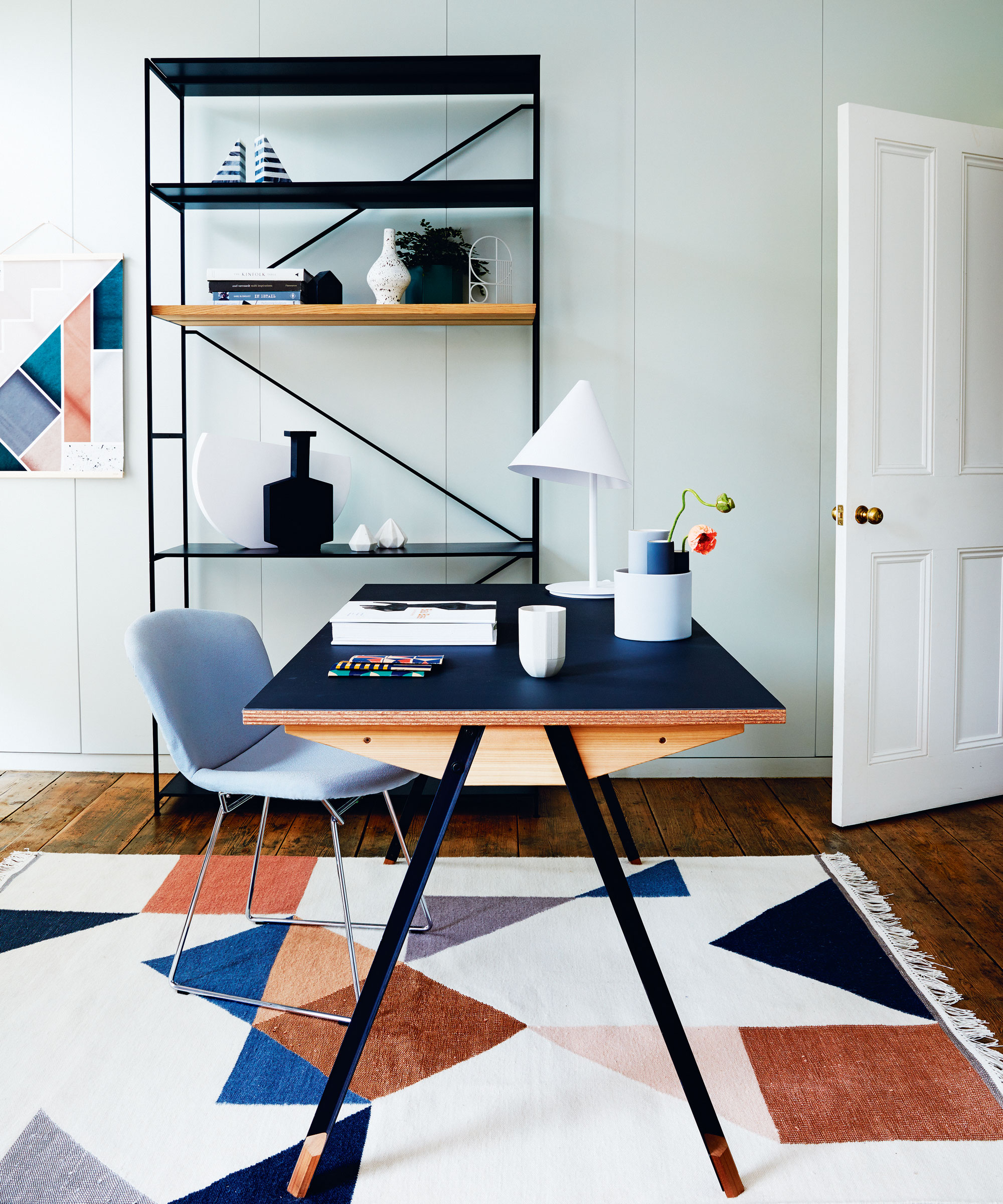
I prefer handling little tasks immediately, but it’s not always practical. So I designate a time each week to complete all the little tasks that have piled up that week. The key here is to be prepared so your little tasks don’t become big headaches.
Keep a running list so you don’t forget anything, and keep everything associated with those tasks in a specific place. You want to be efficient, so have what you need handy, put on some good music, and see how quickly you can knock out those tasks!
Don’t feel limited to the examples I’ve provided. Maybe laundry is a huge headache for you, and you need to figure out how to streamline it. You could try doing laundry on a certain day of the week, try smaller loads more frequently, or maybe even outsource it to a laundry service.
What are the three basic steps to organizing your home?
Prioritize one area that isn't working smoothly in your day-to-day life. It could be working out how to better store your clothes in a small bedroom or how to organize the pantry so that no (or, at least, much less) food gets wasted. Then take inspiration from social media and think about how you would like it to work and function. Finally, plan out how you're going to bring this new organization system to life.
The most challenging part of creating systems in your home is to slow down long enough to notice when things aren’t working well for you. Work, activities, and chores can make a day fly by. Take the time to see how things could run more smoothly. Try doing something a new way, and if it doesn’t work great the first time, don’t give up. Try another way and another until you’ve improved from where you started.
With a little effort up front, your home can be a place of rest and support.
Sign up to the Homes & Gardens newsletter
Design expertise in your inbox – from inspiring decorating ideas and beautiful celebrity homes to practical gardening advice and shopping round-ups.

Caroline Roberts, a certified KonMari Consultant and professional organizer, founded the organizing agency The Simplified Island in 2019. Caroline believes being organized goes much deeper than pretty bins and can be life-changing. She recognized her organizing and streamlining skills were unique as she ran her marketing agency, Coastal Connections Marketing, and raised her two sons.
-
 5 surprising but brilliant ways to clean with old socks – from perfectly buffing stainless steel to deterring pests naturally and more
5 surprising but brilliant ways to clean with old socks – from perfectly buffing stainless steel to deterring pests naturally and moreTackle dust in tricky corners, clean your mirrors and even banish bad odors with those rogue single socks
By Andy van Terheyden Published
-
 How to grow astilbe – expert advice on cultivating this shade-tolerant flowering perennial
How to grow astilbe – expert advice on cultivating this shade-tolerant flowering perennialShade-tolerant and pest-resistant - astilbe are hardy and tough perennials that can thrive in many settings
By Ellen Wells Published